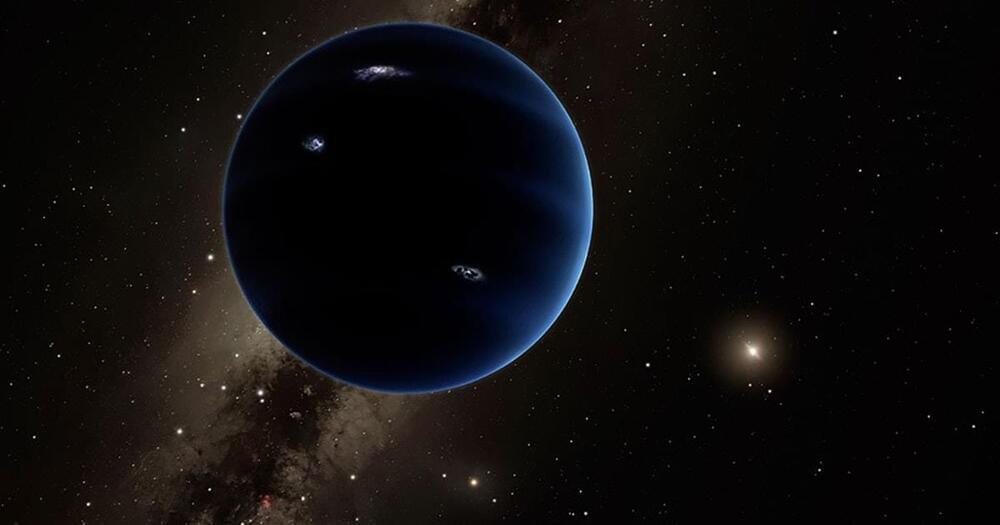Few studies have examined and compared spousal concordance in different populations. This study aimed to quantify and compare spousal similarities in cardiometabolic risk factors and diseases between Dutch and Japanese populations.
Our minds rarely stay still when left alone. Such trains of thought, however, may unfold in vastly different ways. Here, we combined electrophysiological recording with thought sampling to assess four types of thoughts: task-unrelated, freely moving, deliberately constrained, and automatically constrained. Parietal P3 was larger for task-related relative to task-unrelated thoughts, whereas frontal P3 was increased for deliberately constrained compared with unconstrained thoughts. Enhanced frontal alpha power was observed during freely moving thoughts compared with non-freely moving thoughts. Alpha-power variability was increased for task-unrelated, freely moving, and unconstrained thoughts. Our findings indicate these thought types have distinct electrophysiological signatures, suggesting that they capture the heterogeneity of our ongoing thoughts.




